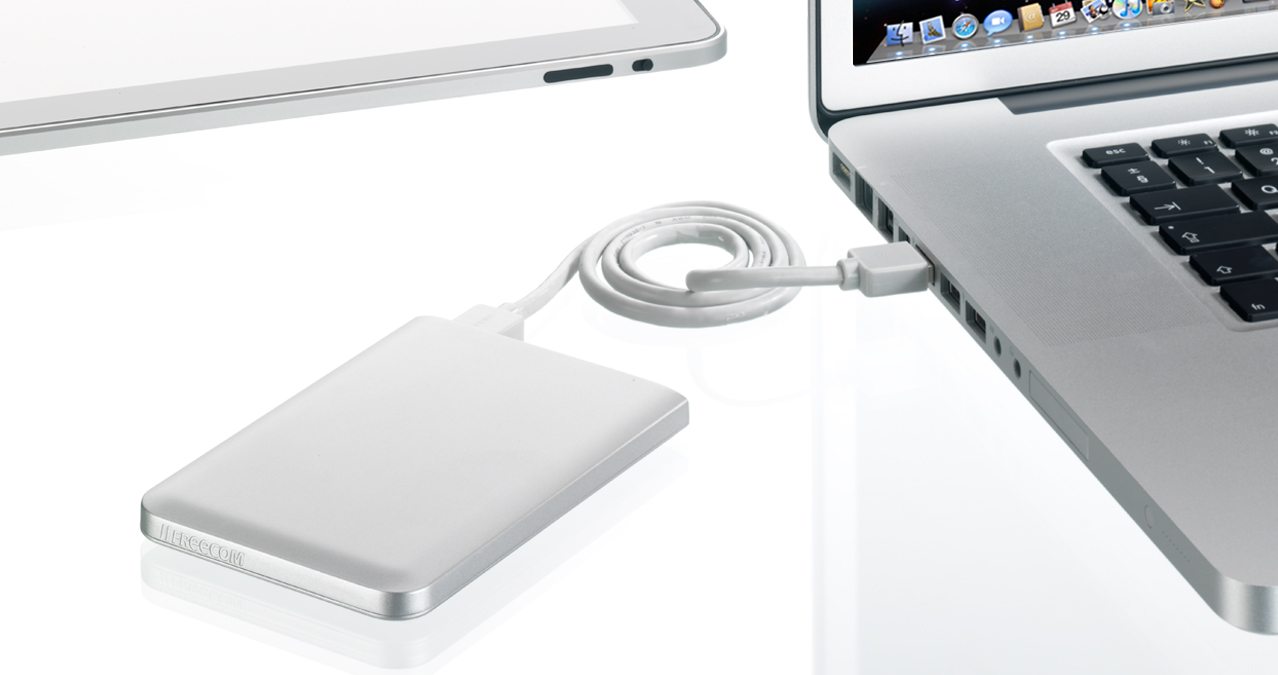


- #APPLE MACBOOK EXTERNAL HARD DRIVE OPTIONS MAC OS#
- #APPLE MACBOOK EXTERNAL HARD DRIVE OPTIONS UPGRADE#
- #APPLE MACBOOK EXTERNAL HARD DRIVE OPTIONS PRO#
- #APPLE MACBOOK EXTERNAL HARD DRIVE OPTIONS PC#
Need a brief summary of our top picks? Here's the best SSD replacement for your MacBook Pro depending on your specific needs.
#APPLE MACBOOK EXTERNAL HARD DRIVE OPTIONS UPGRADE#
In this guide, we'll walk you through picking the best SSD drive to upgrade your MacBook Pro's old hard drive or existing SSD and point out how we chose the favorite products along the way. If you compare the speed of HDD and SSD, you will find that SSD is the best in terms of speed, You can have an HDD that achieves 7200 RPM (Generally means 150 MB/sec), usually, all the modern HDD works on 7200. Speed is one of the major considerations for buying the best external hard drive for MacBook Pro or Air. The internal hard disk drive is showing its age and might die out any day. This is common for old MacBook Pros such as 2009, 2010, 20 models. Your MacBook starts up very slow or performs sluggishly in general. You should consider upgrading your MacBook Pro with an SSD if: You work with large files regularly.
#APPLE MACBOOK EXTERNAL HARD DRIVE OPTIONS PC#
Consider how you'll be saving and transferring files, such as photos, videos, files from tablets, files from PC laptops, or photos from top-rated cell phones.Drive speed is measured in revolutions per minute (rpm), based on how fast the drive can spin. To find your best external hard drive for Mac, you'll want to decide how quickly you want to save and retrieve data.

LaCie 2TB Mobile Drive External Hard Drive USB-C USB 3.0 - Previous Gallery Image. However, SSDs are also a little bit expensive than HDDs though the price difference is diminishing. But the truth is, not all drives are physically spinning HDDs anymore, and the Solid State Drive (or SSD) is becoming an increasingly common upgrade for MacBook Pros of all ages.īecause SSDs have a number of advantages compared to HDDs, they are more speedy, reliable and quieter - yes, you won't hear the click sound from a spinning hard drive. When most of us think of where our Macs store data, we are used to saying 'the hard drive'.
#APPLE MACBOOK EXTERNAL HARD DRIVE OPTIONS MAC OS#
Set the format type to Mac OS Extended (Journaled.) Click on the Options button, check the button for Zero Data and click on OK to return to the Erase window.Ħ. Click on the Erase tab in the DU main window.ĥ. Select the volume you just created (this is the sub-entry under the drive entry) from the left side list. Click on the Partition button and wait until the process has completed.Ĥ. Set the format type to Mac OS Extended (Journaled.) Click on the Options button, set the partition scheme to GUID (for Intel Macs) or APM (for PPC Macs) then click on the OK button. Under the Volume Scheme heading set the number of partitions from the drop down menu to one. Click on the Partition tab in the DU main window.ģ. After DU loads select your hard drive (this is the entry with the mfgr.'s ID and size) from the left side list. Open Disk Utility in your Utilities folder.Ģ. Special thanks to Kappy for the instructions.ġ.

Link below, instructions from that link copied and pasted below the link. I was setting up a 2TB drive and the zero-data erase process took 21 hours, but the drive no longer has issues with being disconnected. For anyone setting up a new external hard drive, I strongly suggest you use these instructions.


 0 kommentar(er)
0 kommentar(er)
